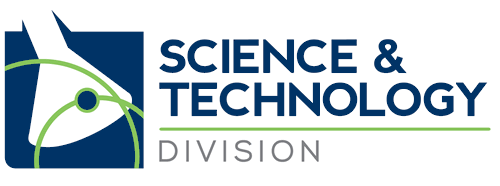We know from Karen Tkaczyk’s blog posts that one of her goals for 2011 was to improve her writing and editing skills[1] — but little did we know that she intended to improve ours as well!
As shown in this slide, cooking instructions may provide useful sentence patterns for explaining chemistry procedures. For user manuals, try substituting an analogous but simplified or generic noun to help you focus on the functions of the device in question or the actions required to handle such an object (think oven for autoclave, or webcam for bi-directional real-time audio-visual transmission device). As a medical translator with a background in theater, I think of surgical procedures in terms of scenery and prop construction. How do you repair body parts or stabilize internal structures? Well, you can choose from staples, welds, nails, screws, bolts, cotter pins, glue, tape, wire, and (of course) needle and thread. Each can serve as a familiar stand-in for a method of surgical fixation.
[1] https://ata-sci-tech.blogspot.com/2011/06/branching-out-from-translation-events.html
Paula Gordon translates from Bosnian, Croatian, and Serbian into English, with a focus on medical records, journal articles, and clinical trial documentation. She also works as a copyeditor and proofreader, and her clients include the quarterly journal Biotechnology Healthcare (MediMedia USA) and the monthly magazine Health Affairs (Project HOPE). She edited the Serbian and Croatian into English Medical Dictionary by Svetolik Paul Djordjević (Jordana Publishing, 2009), and is currently editing an English into Serbian medical dictionary by the same author. For more information, visit www.dbaPlanB.com and www.jordanapublishing.com.



